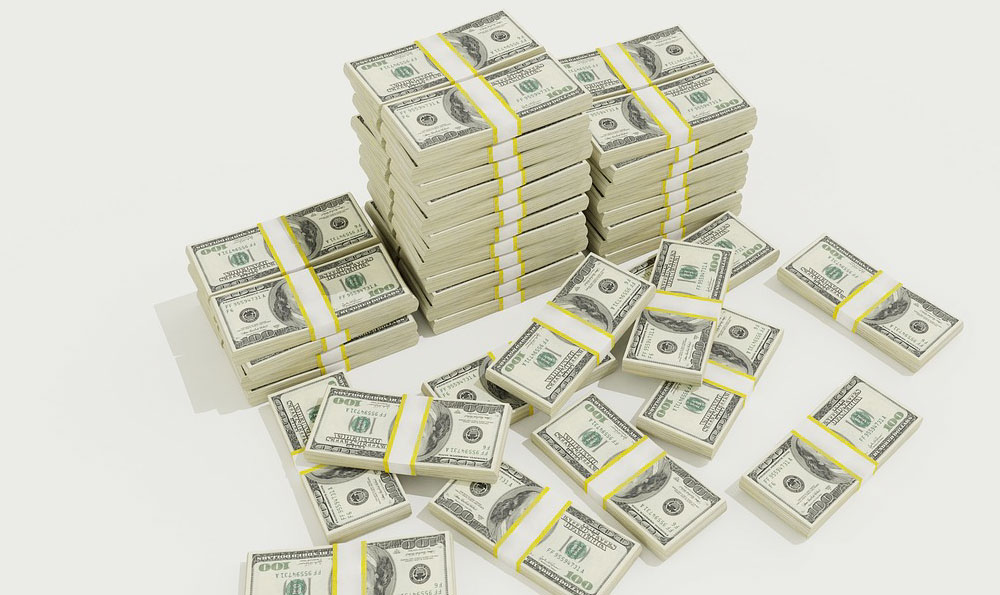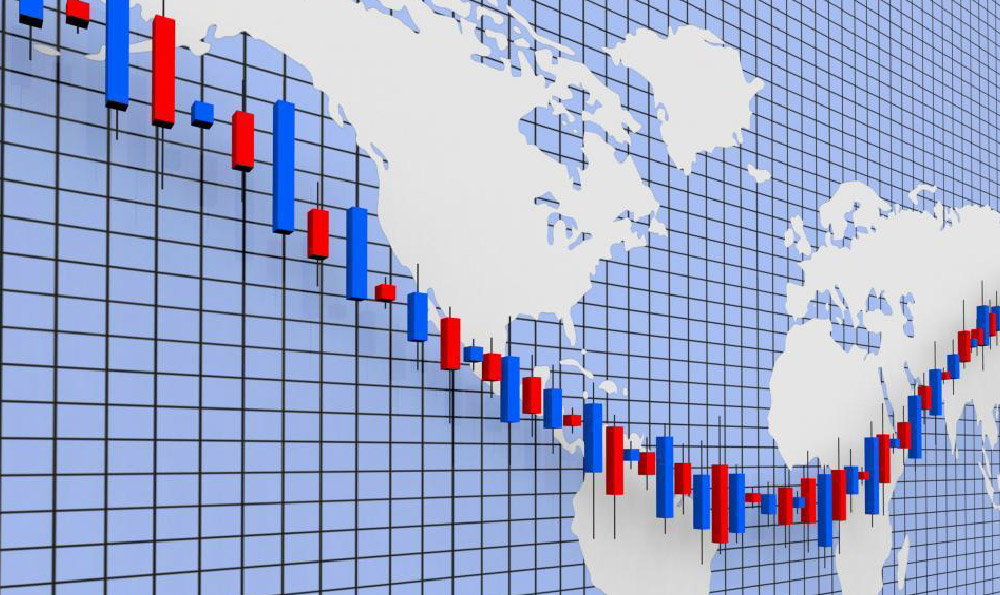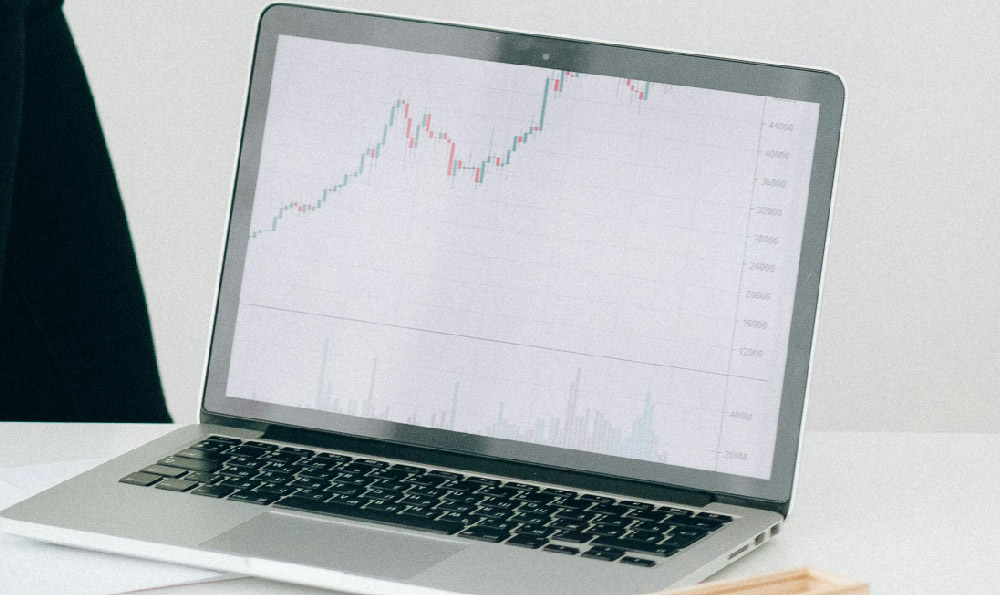Monetizing a YouTube channel is a journey, not a sprint, and the timeline can vary dramatically based on numerous factors. There's no one-size-fits-all answer to "How long does it take?", but understanding the key milestones and the effort required can provide a realistic expectation. Furthermore, the question of "How much can you earn?" is equally nuanced, dependent on a complex interplay of views, engagement, ad rates, and diversification strategies.
Before even thinking about monetization, a channel must meet YouTube's Partner Program (YPP) requirements. These are the prerequisites for eligibility and include having at least 1,000 subscribers and 4,000 valid public watch hours in the past 12 months. These requirements are in place to ensure creators have a substantial audience and are producing content that aligns with YouTube's policies and advertiser guidelines. Achieving these milestones can take weeks, months, or even years, depending on the consistency, quality, and appeal of the content. A channel that uploads high-quality, engaging videos frequently and promotes them effectively will naturally reach these thresholds faster than one that uploads sporadically and relies solely on organic discovery. Niche selection also plays a vital role; some niches are simply more saturated and competitive than others, making growth more challenging.
Once the eligibility criteria are met, the application process for the YPP is relatively straightforward. YouTube reviews the channel to ensure it adheres to all community guidelines, copyright rules, and monetization policies. This review process can take anywhere from a few days to several weeks, depending on the backlog. A channel with a clean record and a clear understanding of YouTube's policies will typically be approved more quickly.

After acceptance into the YPP, the focus shifts to actually generating revenue. The primary source of income for most YouTubers is through AdSense, where ads are displayed on their videos. The amount earned per view, known as the CPM (Cost Per Mille, or cost per 1000 impressions) or RPM (Revenue Per Mille, or revenue per 1000 views), varies widely based on factors such as the target audience, the video's topic, the geographic location of the viewers, and the time of year. Advertisers pay more to reach certain demographics or promote specific products, and these fluctuations directly impact the ad rates. For example, channels targeting a business-oriented audience in developed countries generally command higher CPMs than channels focusing on entertainment for a younger audience in developing countries. Similarly, ad rates tend to be higher during the holiday season when advertisers are competing for consumer attention.
Beyond AdSense, successful YouTubers often diversify their revenue streams to maximize their earnings. One popular method is affiliate marketing, where creators promote products or services in their videos and earn a commission on each sale made through their unique affiliate links. This can be a particularly lucrative option for channels that review products or provide tutorials. Sponsorships are another significant source of income, where brands pay YouTubers to feature their products or services in their videos. Building a strong and engaged audience is crucial for attracting sponsorships, as brands are looking for channels that can effectively reach their target customers.
Merchandise is another avenue for monetization. Selling branded products, such as t-shirts, mugs, and accessories, allows YouTubers to capitalize on their brand recognition and cultivate a deeper connection with their fans. To implement this effectively, focusing on creating unique and desirable merchandise that resonates with the audience is very important.
Fan funding platforms like Patreon offer another way for viewers to directly support their favorite creators. By offering exclusive content, behind-the-scenes access, or personalized rewards, YouTubers can incentivize their fans to become paying subscribers. Livestreaming with features like Super Chat and channel memberships provides further opportunities for direct fan support.
Ultimately, there is no guaranteed income from YouTube. Many YouTubers never earn enough to even cover their production costs. Earning a sustainable income requires dedication, hard work, and a strategic approach. Consistently producing high-quality content that resonates with the target audience is paramount. Optimizing videos for search, promoting them on social media, and engaging with viewers in the comments section are all essential for maximizing reach and building a loyal following. Analyzing analytics data to understand what works and what doesn't allows for continuous improvement and refinement of the content strategy.
Furthermore, it's important to be adaptable and stay up-to-date with the latest trends and best practices in the YouTube ecosystem. The platform is constantly evolving, and creators need to be willing to experiment with new formats and strategies to remain relevant and competitive. Building a community around the channel is also crucial for long-term success. Responding to comments, hosting Q&A sessions, and interacting with fans on social media helps to foster a sense of connection and loyalty.
In conclusion, the timeline for monetizing a YouTube channel and the potential earnings are highly variable. Reaching the YPP requirements is the first hurdle, followed by consistently producing engaging content and diversifying revenue streams. While some channels may achieve monetization within a few months, others may take years. The key is to approach YouTube as a long-term investment, focusing on building a loyal audience, providing valuable content, and adapting to the ever-changing landscape of the platform. Hard work, dedication, and a strategic mindset are essential for achieving sustainable success on YouTube.











